Are you planning a camping trip but not sure when to go? Depending on where you are going, the experience you want and your gear, some seasons are better for camping than others.
Quick Answer:
The best time to go camping is early fall when the weather in most popular camping destinations is mild and there are fewer crowds and mosquitos. There are some exceptions though. Desert and arid locations like Joshua Tree National Park or the Grand Canyon are best visited in spring and fall. If you have the right gear, camping in the shoulder seasons or winter allows you to enjoy camping without the crowds.
Best Time for Camping in National Parks:
- Great Smoky Mountains National Park: Summer and early fall; expect crowds during the peak summer months and fall weekends.
- Grand Canyon National Park: March through May and September through November for cooler temperatures and fewer crowds.
- Zion National Park:May through September has the best weather conditions; the park is less crowded in fall and spring but temperatures can drop to freezing.
- Rocky Mountain National Park: June through September; snow is likely during other times of the year.
- Acadia National Park: Campgrounds in Acadia open in May and close in October. Off-season and winter camping are not allowed in the park.
- Yosemite National Park:The weather is best from May to September, but these are the most crowded months where the park receives 75% of its visitors. Yosemite is covered in snow from November to May.
- Yellowstone National Park:Roads in Yellowstone start opening in April. Temperatures are warm enough for camping from June. In October, roads start closing again. Most services are closed or inaccessible in winter.
- Joshua Tree National Park: Spring and fall have the best temperatures for camping in Joshua. Summer temps get to over 100°F and temps can dip to freezing on winter nights.
- Cuyahoga Valley National Park: Spring and summer have the best temperatures for camping in Cuyahoga. Fall is often rainy and temps can drop to freezing at night. Winter gets a lot of snow from the lake effect.
- Glacier National Park:The end of June to October is the best time to visit Glacier. Expect large crowds in the summer.
What Season Is Best for Camping?
While it is possible to go camping in any season, most people will go in summer or early fall. This is when the nighttime temperatures are mild in most locations, so you don’t need much special gear. If you want to camp in forests or mountains in the spring or late fall, you’ll need gear for cold weather. A lot of campgrounds are closed in winter.
Spring
Pros:
Camping in spring is wonderful because there aren’t many crowds or bugs yet. In forests, you can see new buds pushing through the earth. On mountains, you can see animal tracks in the remaining snow. In deserts, the temperatures haven’t skyrocketed yet.
Cons:
The temperatures in spring can suddenly and drop. In forests and mountains, there are heavy rains and lots of mud. If you end up wet, evaporative heat loss will leave you very cold!
You really need to be prepared for spring camping with good rain gear. You will likely need a shelter to protect against wind and rain. The days are still short in spring. It takes skill to make a campfire in rainy, wet weather.
As for safety, camping in spring can be dangerous. Bears coming out of hibernation can be aggressive. Rains can cause flash floods and mudslides. You might not be able to pass swollen streams and rivers.
“Inside the tent in Homestake Dry Camp” (CC BY 2.0) by daveynin
Summer
Pros:
Summer is the most popular season for camping. The cooler temperatures in forests and the mountains offer a nice break from urban heat waves. Most campers won’t need specialized equipment for camping in summer and can get away with cheap gear. The foliage is in full bloom and it’s warm enough for activities like swimming and other nature water play.
Cons:
Because summer is so popular for camping, it can get crowded. Campgrounds near major National Parks get booked well in advance and prices increase during the peak season. If camping in lower elevations, the temperatures can make it too hot to do activities like hiking. Deserts are so hot that they are unsafe to visit during the day.
Summer also means the peak of tick season and there will likely be lots of mosquitoes to deal with. In some areas, you wildfires may cause you to cancel your trip.
Image credit: “Camping in the High Sierras. Yosemite Na” (CC BY 2.0) by Paxson Woelber
Fall
Pros:
For most, fall is the best time to go camping. There are fewer crowds once the school break ends, so prices go down.
The climate in fall is ideal for camping in most destinations. The deserts aren’t too hot, forests are pleasant, and mountains not so cold that you need expensive gear. Campers will especially enjoy the changing colors of foliage.
Cons:
The days are shorter in fall, so you won’t have as much time for activities like hiking or scenic drives. The weather can get cold in forests and mountains, so you need to be prepared for rain, storms and snow.
Image credit: “IMG_4020” (CC BY-NC-ND 2.0) by eric.langhorst
Winter
Pros:
No matter where you go camping in winter, it’s unlikely that you will encounter crowds. You’ll have popular destinations all to yourself for an intimate encounter with nature. The fresh snowfall can create a breathtaking winter wonderland. Deserts locations are ideal to visit during winter. If you live somewhere with pollution, the crisp air will help with breathing problems.
Cons:
Winter camping has a very high learning curve. If you don’t have the right winter gear, such as a tent heater or a serious mitten system, you can end up miserable. The days are very short, which can be lonely and boring at night.
You’ll likely need a good vehicle for winter camping. Road closures are common and you’ll need to be prepared in case you get stuck for days.
Image credit:”Grand Canyon Mather Campground – Winter” (CC BY 2.0) by Grand Canyon NPS
What Is the Busiest Time for Camping?
Camping has seen a huge increase in popularity in recent years. Now, many camping destinations in the USA are notoriously crowded. Glacier National Parks Service even had to make a webpage about dealing with crowds!
The busiest times for camping are:
- Summer break:
- School holidays
- Labor Day and Memorial Day weekends
If you don’t like crowds, then avoid these times or choose lesser-known destinations. If you have to go camping during these times and are visiting a popular destination, then you’ll need to make reservations or get permits well in advance.
Image credit: “Waiting for Sunset” (CC BY 2.0) by Bernd Thaller
Wildlife Viewing
If you want to see wildlife on your camping trip, then you’ll need to factor in the peak seasons. For example, November, December, March and April are the best months for whale watching in Redwood National Park. If you want to see eagles in the Pacific Northwest, plan your camping trip for November to March. For elephant seals in Point Reyes National Seashore, you’ll want to go in winter.
Want essential camping in PRINTABLE format?
Then you need my Camping Cheat Sheets.
The manual has 42 pages crammed with illustrated guides about everything from campfire cooking to wilderness first aid.
And because you made it to the end of this post, I’ll even give you 50% off 😀


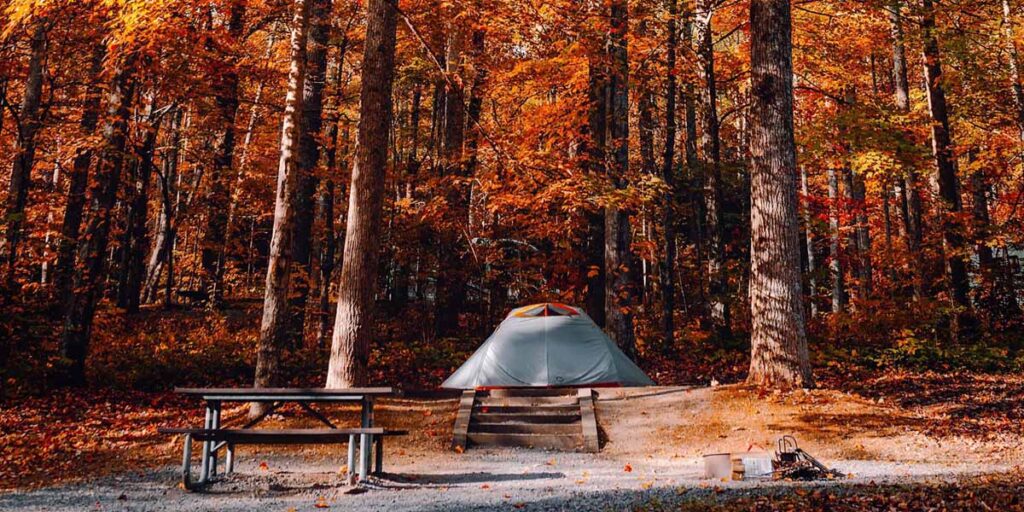
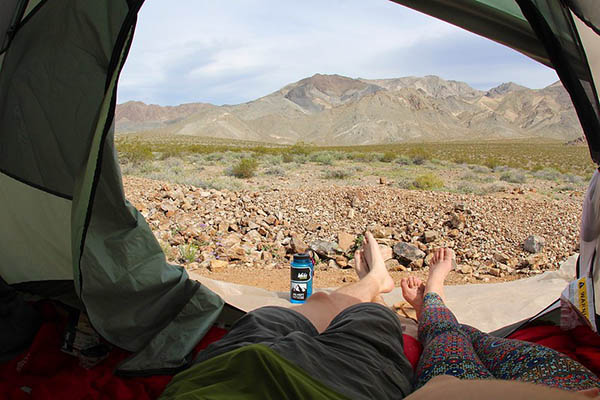
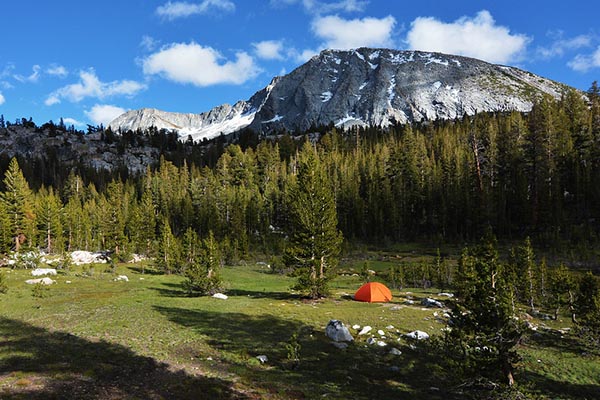
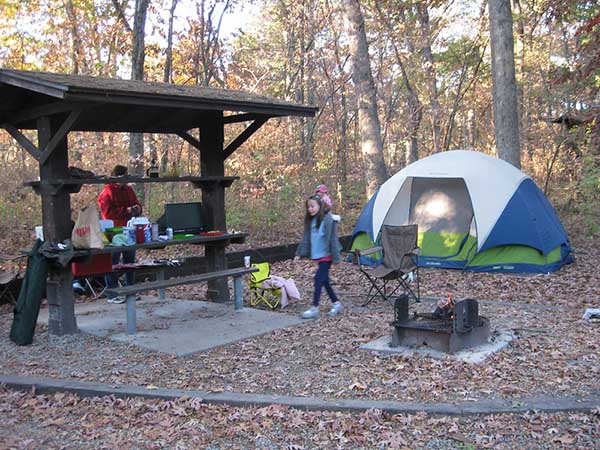
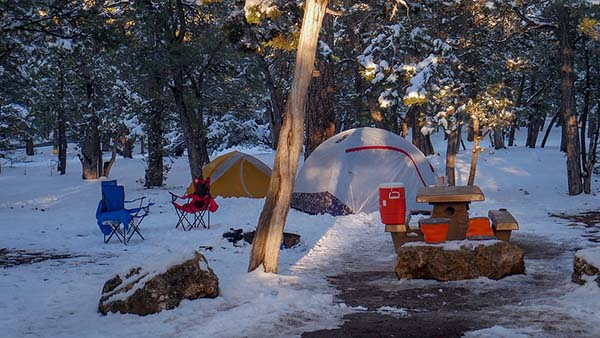
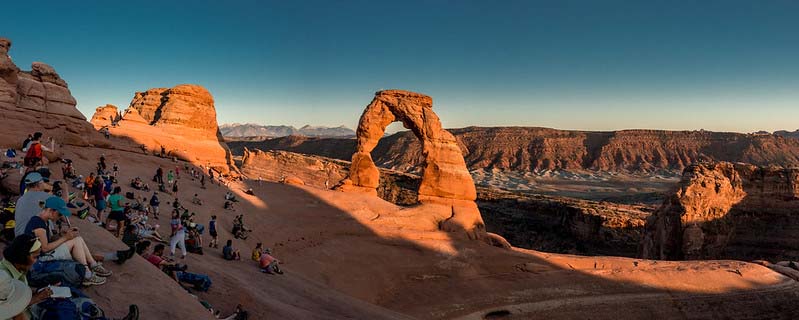
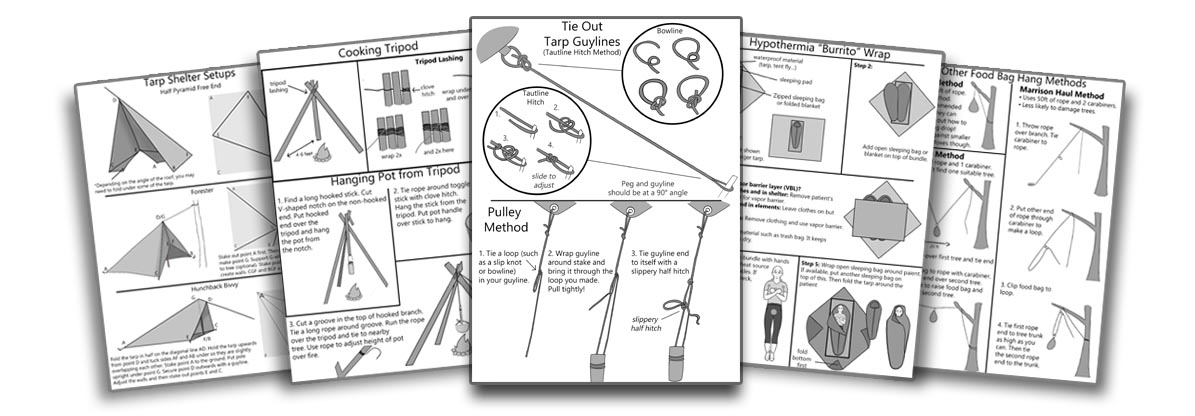

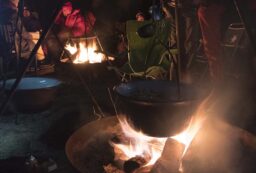
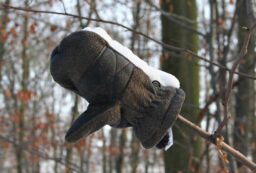







Post your comments